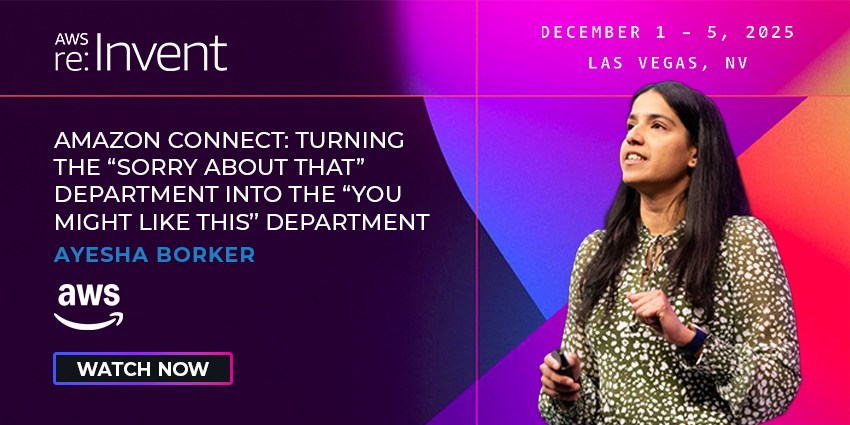It’s no secret that agent coaching is linked to greater sales and conversion. A study by McKinsey found that the more time team leads allocated to coaching, sales/conversion rates increased correspondingly. One of the most effective ways to coach agents is by monitoring calls in real-time and in-call coaching.
What is Real-Time Call Monitoring?
Real-time call monitoring can be defined as the practice of tracking all live/ongoing interactions in your contact centre with systems in place that will alert supervisors when an interaction requires their attention in real-time.
Real-time call monitoring also allows team leads or supervisors to listen in on random calls, whether it is to give feedback, check for quality assurance, provide coaching tips, or recognise good performance in real-time.
Interestingly, the process can also be automated, where an AI analytics engine listens in on calls and maintains a complete record of what’s happening.
Why is Real-Time Call Monitoring Useful?
There are several reasons why you need to monitor calls in real-time, the most common of which is quality assurance. Contact centre agents are typically given a script specifying important discussion points, T&C statements for compliance, and words/phrases to avoid. Randomised call monitoring in real-time lets you check if agents are adhering to the script.
It is also useful as an intervention aid. Team leads can quickly step in before a conversation escalates, or if the agent isn’t equipped to solve the query for some reason.
And, a massive benefit of real-time call monitoring is that it enables in-call coaching.
What is In-call Coaching in a Contact Centre?
In-call coaching (also called live call coaching), can be defined as an agent training technique where a team leader, supervisor, or virtual assistant can listen in on calls to provide feedback that is either actionable in real-time or needs to be remembered for future conversations. In-call coaching is made possible through real-time call monitoring technology, which enables three modes:
- Listen – The team lead/supervisor listens to the agent and the customer but isn’t heard by either
- Whisper – Same as above, but this time, the agent can hear the team lead/supervisor
- Barge – The team lead/supervisor can intervene and be heard by all parties
In-call coaching has two components: real-time course correction and performance feedback.
The agent can take the coach’s advice to improve the ongoing conversation and better serve the customer. Or, the coach might highlight instances of positive/negative behaviour during the course of the conversation that needs to be remembered and replicated/avoided in future conversations.
In-call Coaching Using AI
This is among the most cutting-edge contact centre solutions out there, using Ai to identify intervention points in a live call and using a virtual assistant to deliver coaching tips. It relies on speech analytics, exception handling, and an integrated knowledge repository.
#ProTip: Call monitoring and in-call coaching should not be an intrusive experience that paralyses the agent. Instead, team lead/supervisors should discreetly listen-in from a remote location, without any micromanagement.







